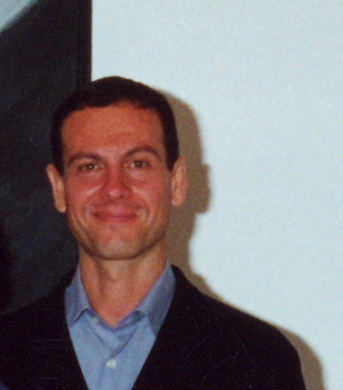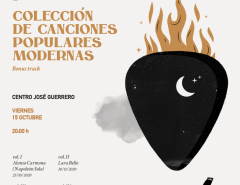Aunque para muchos apenas necesite presentación, Benjamin Buchloh es historiador, editor y crítico de arte. Ha desarrollado una actividad prolífica y determinante en diversas áreas y geografías, como la fundación y co-edición de órganos críticos como las revistas Interfunktionen en Alemania y October en Estados Unidos. Su voz es es una de las más autorizadas para conocer las relaciones cambiantes entre la vanguardia histórica y las neovanguardias en el contexto europeo y norteamericano tras la II Guerra Mundial. Las posibilidades del arte y la crítica en un contexto social, político y económico alterado tras el trauma histórico han sido objeto del conjunto de ensayos Neo-Avantgarde and Culture Industry (2003), mientras que la reflexión en torno a categorías historiográficas consideradas opuestas es el eje de Formalismo e Historicidad: Modelos y Métodos en el Arte del s.XX (2004), volumen de próxima aparición en inglés. Además, ha impartido clases en instituciones como la Staatliche Kunstakademie de Düsseldorf, el College of Art and Design de Nueva Escocia, Barnard Collage, Whitney Independent Study Program, Columbia y Harvard, en estos momentos. Tras la reciente publicación en colaboración de Art since 1900: Modernism, Antimodernism, Postmodernism (2005), prepara en la actualidad un estudio monográfico sobre el artista alemán Gerhard Richter.

Tras su conferencia, un Benjamin Buchloh algo desorientado por casi 24 horas continuas de viajes, tuvo la amabilidad de contestar las dudas que su intervención, pronto disponible aquí mismo, había suscitado. Ésta es la transcripción de la conversación:
P: Since you’ve been talking about the effects of the inclussion of the museum within culture industry, could you please ellaborate a bit more this consequences on other institutions related with, but outside the museum, such as art criticism?
R: Clearly, art criticism is affected profoundly by these changes, as I argued yesterday: if the traditional division of labor between production, and the institutions of reception is restructured and reduced to an interaction between the institutions of the market (i.e. dealers and collectors) and the institutions of validation (the museum), the discourse of the historian and the critic become superfluous since the criteria of judgement, as I argued, is not longer functional and can be easily dismissed. Criticism therefore at the best assumes the function of the filling of catalogue pages like an alibi, as affirmative, and criticism that challenges and contests hegemonic practices therefore can be ignored all the more easily. This of course does not mean that critical writing outside of the parameters and institutions of the artworld is subjected to the same principles of obsolescence. It can either be defined as academic research and the writing of alternate histories, or it can be defined as political counterdiscourses, even if marginalized.
P: You’ve outlined two models of museums in the historic avant-garde. Is there any junction between the constructivist model and the surrealist one, in artists such as Frederick Kiesler?
R: This is a difficult question, and I dont think I can give a valid answer to it in three minutes: there are of course comparable structures operating in Tatlin and Duchamp, for example but on the whole I would rather argue that the two movements are historically opposite but complementary: constructivism being concerned with the construction of a new collective subjectivity (the proletariat), and Surrealism being preoccupied with the deconstruction of the bourgeois subject and its radical transformation into a new liberated dialectic collectivity
P: Do you consider that the term you defined years ago, «institutional critique», still offers an oppositional value? How do you consider the its constant presence and visibility in transnational events, such as biennials?
R: I certainly doubt that the parameters of institutional critique as they were first formulated in the late sixties still have any validity or practical application at this point. However I do not doubt that real artists in the present will find the points of departure to dismantle the current conditions of cultural production and make their underlying ideological interests apparent to those who attempt to understand the conditions of the system in the present moment. Allan Sekula and Martha Rosler are two examples present at the conference, but I dont know whether they would want to be considered in the terms of institutional critique.



I’m pretty pleased to discover this site. I want tto to thank you ffor your
time due to this wonderful read!! I definitely savored every bit oof
it and i also hae you book-marked to look att new things on your blog.